Recombinant Proteins, Cytokines, Growth Factors
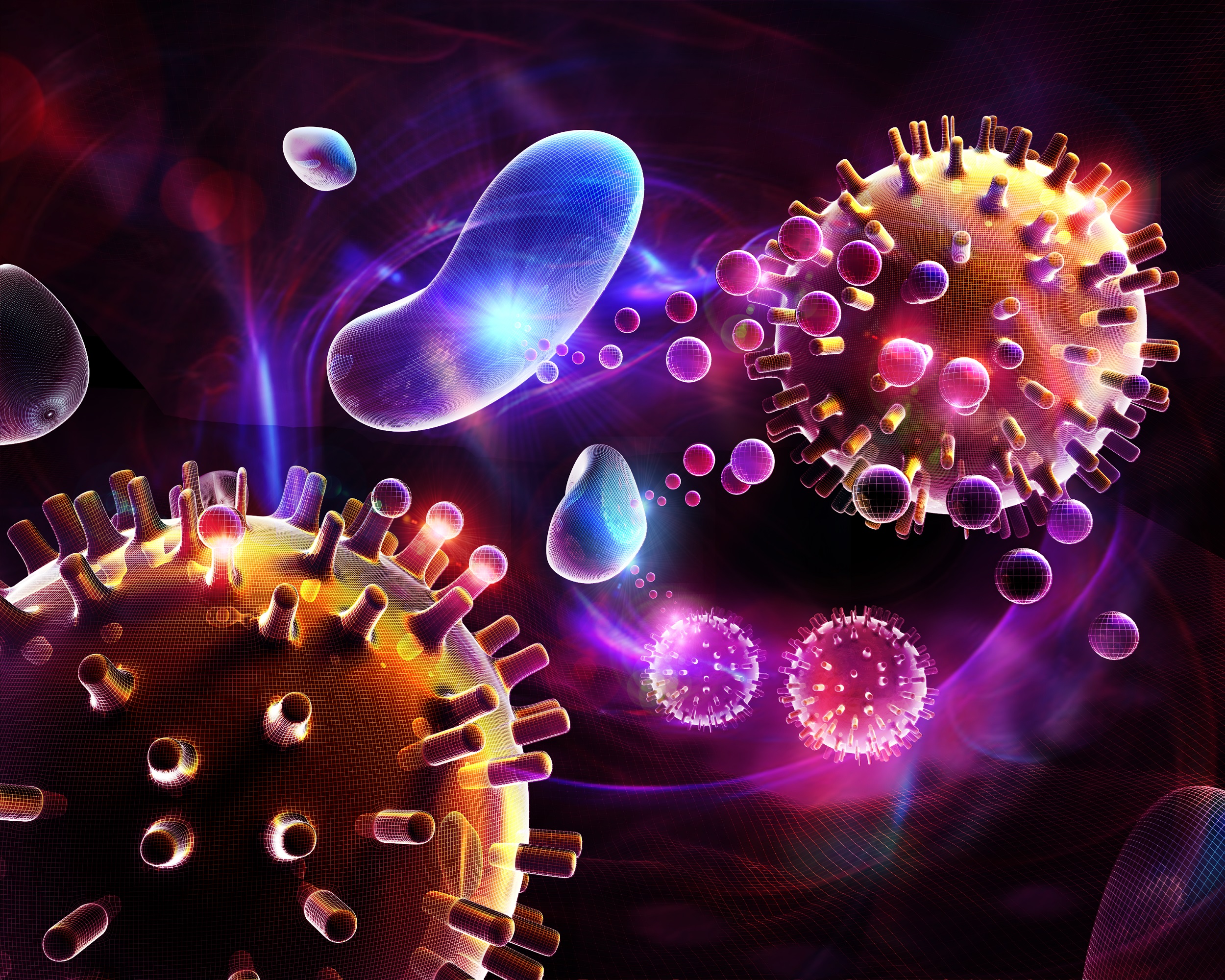
Cytokines
Cytokines allow cells to communicate with one another and induce a wide range of activities. They can be pro- or anti-inflammatory, promote cell growth, or influence differentiation to various cell types. To mediate these functions, cytokines bind to their respective receptors on the cell surface, initiating signaling cascades for gene transcription.
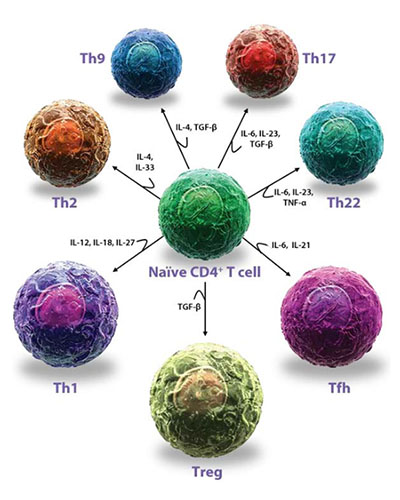
Naïve CD4+ T cells can give rise to a number of T helper classes, depending on the recombinant proteins used to induce differentiation.
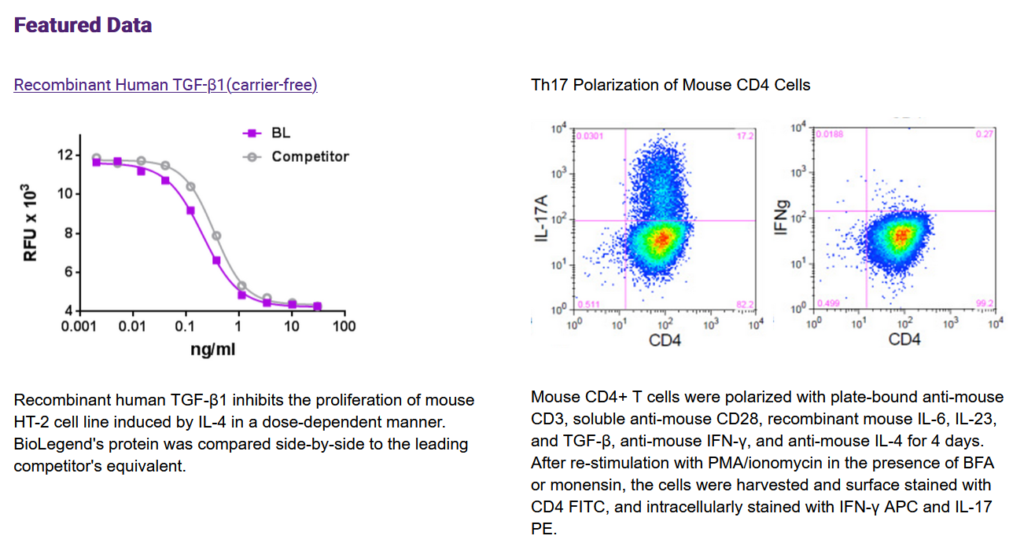
Adhesion Molecules
Cell adhesion molecules (CAMs) mediate cell-to-cell and/or cell-to-extracellular matrix (ECM) interactions. In general, the CAMs belong to four different families: immunoglobulin (Ig) superfamily, integrins, cadherins, and selectins. Interactions mediated by CAMs can be either adhesive or inhibitory in nature. These interactions can also be associated with changes in downstream signaling pathways, cytoskeletal reorganization, or gene expression.
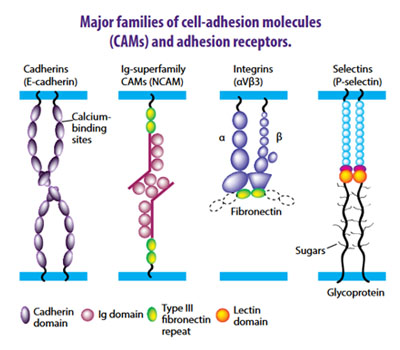
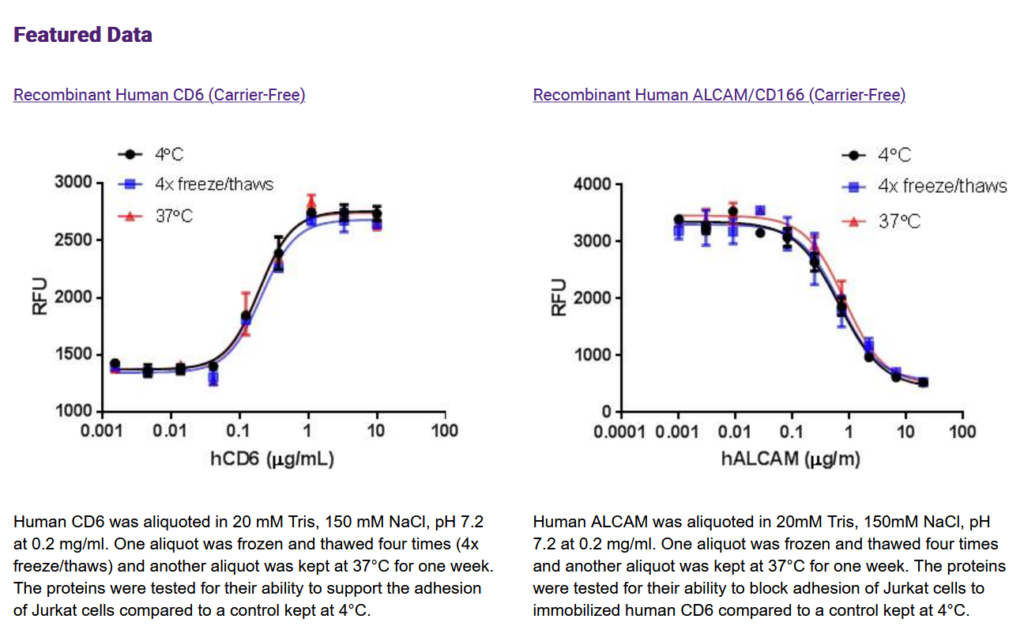
Chemokines
Chemokines are relatively small cytokines which regulate cell movement, also known as chemotaxis. To mediate downstream functions, they bind to chemokine receptors which contain seven transmembrane domains. These receptors are typically promiscuous and bind to multiple chemokine ligands.
Chemokines contain several (typically four) cysteine residues in conserved positions within the protein (marked C in the image below) which provide tertiary structure through disulfide bonds. The spacing of the intervening amino acids (denoted X below) between the first two cysteine residues determine the type of chemokine.
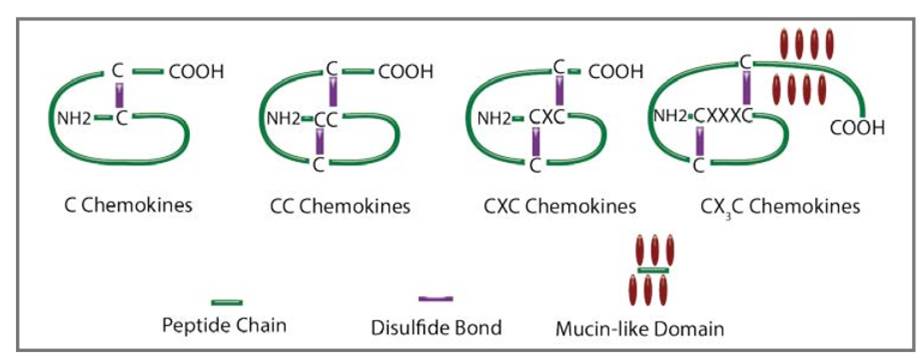
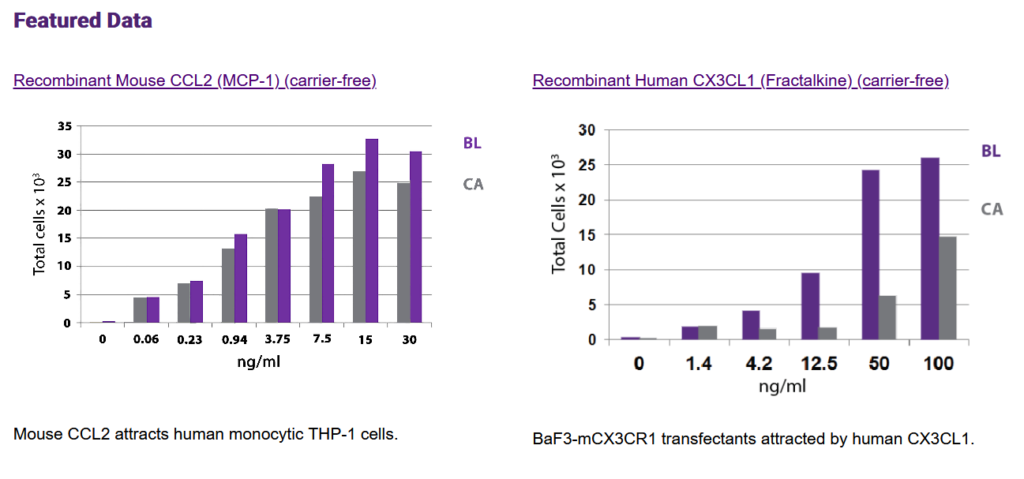
Soluble Receptors
One example is soluble cytokine receptors which once bound to cytokines can act as either agonists or antagonists of cytokine signaling. Our recombinant soluble receptors are constructed to encode only the extracellular domain and do not include the transmembrane or cytoplasmic domains.
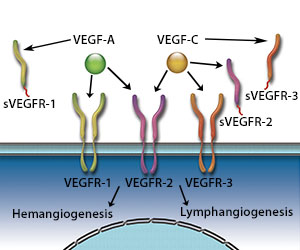

Growth Factors
Growth factors are a broad family of proteins that regulate a number of important cellular processes including cell growth, differentiation, proliferation, and survival. Growth factors bind to transmembrane receptors typically containing a cytoplasmic tyrosine kinase domain which initiates downstream signaling pathways including MAP kinase and PI3K-mTOR pathways. Growth factors are classified into various families based on the structure of the protein, downstream function, and the ability to affect different cell types.
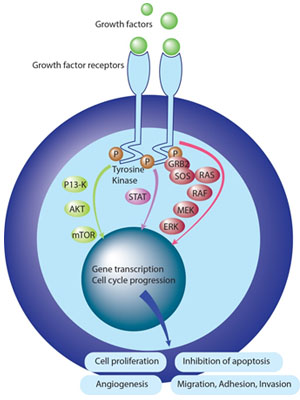
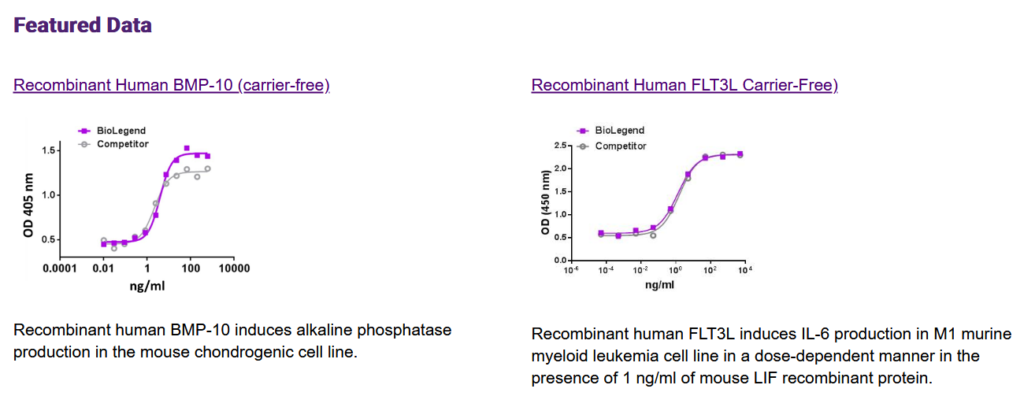
Other Proteins
In addition to the groups of proteins found above, we have other recombinant proteins that can be used in a variety of bioassays. These proteins also play an important cellular roles including cell migration, survival, regulation of immune responses, apoptosis, neuroinflammation, Alzheimer’s disease, tumor cell phenotypes, and autoimmune diseases.
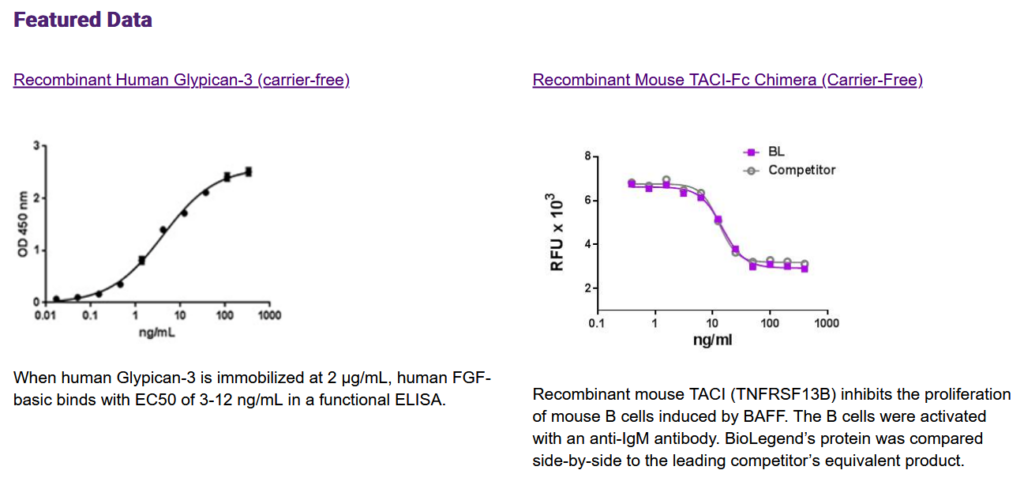
Enzymes and Regulators
Enzymes act as biological catalysts to regulate chemical reactions and are highly specific to the substrates with which they react. Through these reactions, enzymes and their regulators (such as inhibitors) modulate cell fate, localization, and activity of many proteins. Additionally, enzymes can regulate protein-protein interactions, create new bioactive molecules, and contribute to signal transduction. Through these actions, enzymes influence cellular functions such as proliferation, differentiation, DNA replication, inflammation, and apoptosis.
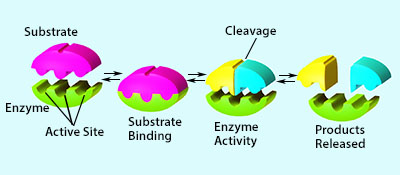

- Cytokines
-
Cytokines
Cytokines allow cells to communicate with one another and induce a wide range of activities. They can be pro- or anti-inflammatory, promote cell growth, or influence differentiation to various cell types. To mediate these functions, cytokines bind to their respective receptors on the cell surface, initiating signaling cascades for gene transcription.

Naïve CD4+ T cells can give rise to a number of T helper classes, depending on the recombinant proteins used to induce differentiation.

- Adhesion Molecules
-
Adhesion Molecules
Cell adhesion molecules (CAMs) mediate cell-to-cell and/or cell-to-extracellular matrix (ECM) interactions. In general, the CAMs belong to four different families: immunoglobulin (Ig) superfamily, integrins, cadherins, and selectins. Interactions mediated by CAMs can be either adhesive or inhibitory in nature. These interactions can also be associated with changes in downstream signaling pathways, cytoskeletal reorganization, or gene expression.


- Chemokines
-
Chemokines
Chemokines are relatively small cytokines which regulate cell movement, also known as chemotaxis. To mediate downstream functions, they bind to chemokine receptors which contain seven transmembrane domains. These receptors are typically promiscuous and bind to multiple chemokine ligands.
Chemokines contain several (typically four) cysteine residues in conserved positions within the protein (marked C in the image below) which provide tertiary structure through disulfide bonds. The spacing of the intervening amino acids (denoted X below) between the first two cysteine residues determine the type of chemokine.


- Soluble Receptors
-
Soluble Receptors
Receptors bind to their respective ligands and recognize and respond to cell signals. They are a broad group which includes signaling receptors, non-signaling decoy receptors, receptor-associated proteins, and soluble receptors. Naturally occurring soluble receptors can be generated by several mechanisms, including proteolytic cleavage of surface-bound receptor ectodomains, alternative splicing of mRNA transcripts, transcription of distinct genes, cleavage of GPI-anchored receptors, and extracellular release of membrane-bound receptors within vesicles of exosomes. One example is soluble cytokine receptors which once bound to cytokines can act as either agonists or antagonists of cytokine signaling. Our recombinant soluble receptors are constructed to encode only the extracellular domain and do not include the transmembrane or cytoplasmic domains.


- Growth Factors
-
Growth Factors
Growth factors are a broad family of proteins that regulate a number of important cellular processes including cell growth, differentiation, proliferation, and survival. Growth factors bind to transmembrane receptors typically containing a cytoplasmic tyrosine kinase domain which initiates downstream signaling pathways including MAP kinase and PI3K-mTOR pathways. Growth factors are classified into various families based on the structure of the protein, downstream function, and the ability to affect different cell types.


- Other Proteins
-
Other Proteins
In addition to the groups of proteins found above, we have other recombinant proteins that can be used in a variety of bioassays. These proteins also play an important cellular roles including cell migration, survival, regulation of immune responses, apoptosis, neuroinflammation, Alzheimer’s disease, tumor cell phenotypes, and autoimmune diseases.

- Enzymes and Regulators
-
Enzymes and Regulators
Enzymes act as biological catalysts to regulate chemical reactions and are highly specific to the substrates with which they react. Through these reactions, enzymes and their regulators (such as inhibitors) modulate cell fate, localization, and activity of many proteins. Additionally, enzymes can regulate protein-protein interactions, create new bioactive molecules, and contribute to signal transduction. Through these actions, enzymes influence cellular functions such as proliferation, differentiation, DNA replication, inflammation, and apoptosis.





